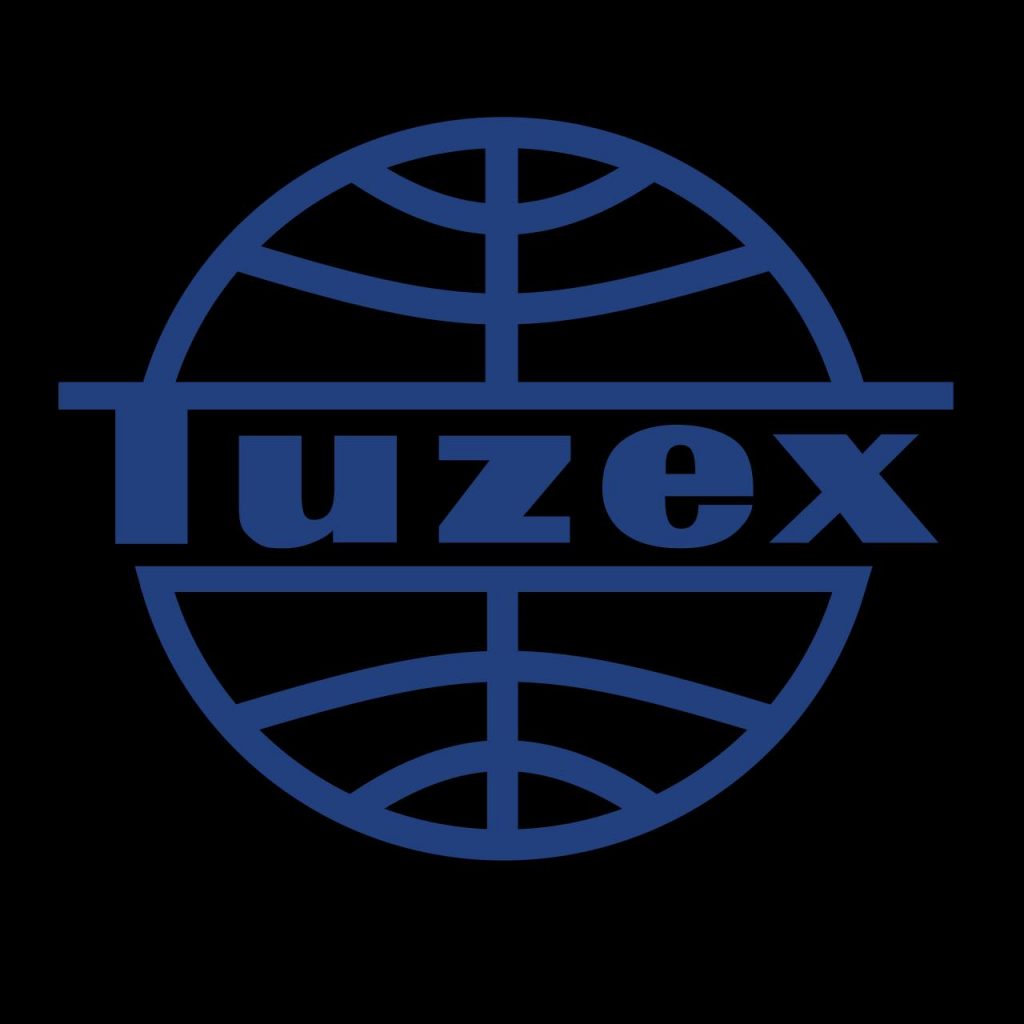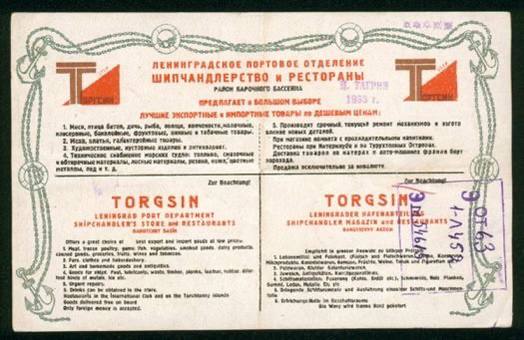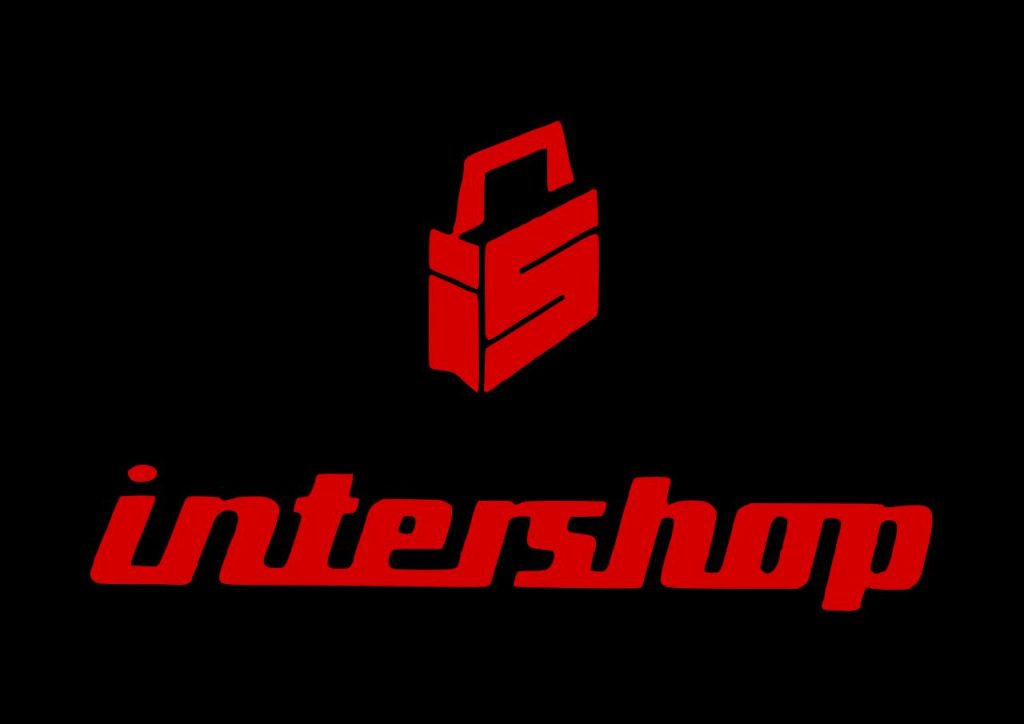Mots people reading this article would probably not know what we mean by “hard currency” stores, unless of course you are that bit older and perhaps grew up in China, or the Eastern Block.
To put it simply hard currency stores are where you spend “hard currency” for western consumer goods, as opposed to “soft currency” stores, where you buy the local crap. Which of course begs the question of what is the difference between hard and soft currency?

What I the difference between hard and soft currency?
A soft currency in the socialist sense in a currency that is centrally managed by a state, such as the Cuban Peso (CUP) in Communist Cuba. With such a currency the central government can raise and lower exchange rates at whim, as well as change the wages of state run staff.
This “works” in the sense that the government controls the prices of certain goods and can this decide how much you can buy with your salary. The only problem here though is that because the currency is not allowed to freely float, such as say the United States dollar, it cannot be exchanged with the outside world.
This means that for certain goods, say a Coca Cola, the East German Mark will not suffice and you need “hard currency”.
Hard currency is nice and easy to explain, it is currency that is freely traded and can go up and own in value with other currencies, rather than having its rate arbitrarily set. Think £, or $ here.
Why the need for hard currency stores in the Eastern Block?
Essentially despite the claims that socialist countries were all but perfect there were a few monetary problems. First among these were that states, such as the Soviet Union needed hard currency if they were to buy anything from the west – a situation which led to an amusing barter system with regards to Pepsi.
Therefore states wanted to have hard currency. Citizens in the Eastern Block could get hard currency from working abroad, the back market, or having family abroad, but often times would want to hoard rather than spend this money.
Hard currency stores, which could also cater to foreigners living in the country were duly set up.

Torgsin: Soviet Union
The first such store to be set up was Tongin in the USSR, which was started in 1931, mainly as a way to gain hard currency. This worked as despite the fact that everyone was supposed too be provided for by the state there were always people that had more money and these stores always had grain, even if the people were starving.
The stores were actually a huge success, but were eventually closed down by Stalin, perhaps due to their success.
Hard Currency Stores Post World War 2
Despite the ideological issues with such stores they became a permanent fixture of the Eastern Block and beyond after World War 2, starting with Darex in Czechoslovakia, before spreading throughout the block.
This even included to China where all large cities would have what was known as “Friendship stores”, which sold foreign goods using the “special money” that was signed to foreigners. A similar system also existed in North Korea and to an extent still does so today.
One of the most famous and indeed most profitable of these stores was the East German Intershop range, which were not only swelled by the huge amounts of foreign currency that came into the DDR, but became an almost normal part of life.
And although not to the same level, this was replicated in all eastern black countries to some degree or another, even strict ones such as Romania. In Albania they worked somewhat differently though, with foreign currency genuinely being the preserve of the sighers up.
Hart currency stores in modern socialist countries
Cuba until extremely recently ran essentially on tow currencies, namely the state run CUP and the dollar denominated CUC. These ran parallel for over 20 years and were meant as a way to control hard currency, before the two currencies were merged.
Said merger did not actually work out though and dollar stores are again an essentially part if life in Cuba.

Another example that is still extremely apt is in North Korea where there us. Strict fixed exchange rate, as well as a black market rate. In certain stores consumer goods will be listed at the official exchange rate, but must be purchased using local currency that has also been purchase with foreign currency using said rate.
Overall though this has largely been surpassed by a dual currency systems principality with the Euro and RMB, with stores such as Kwanbok Department Store now changing and accepting black market Won (KPW).
And even in China the so called “Friendship Stores” remain, although they now punt tourist tat, rather than goods that were, or are not available. You can see this for yourself on a North Korea Tour.





